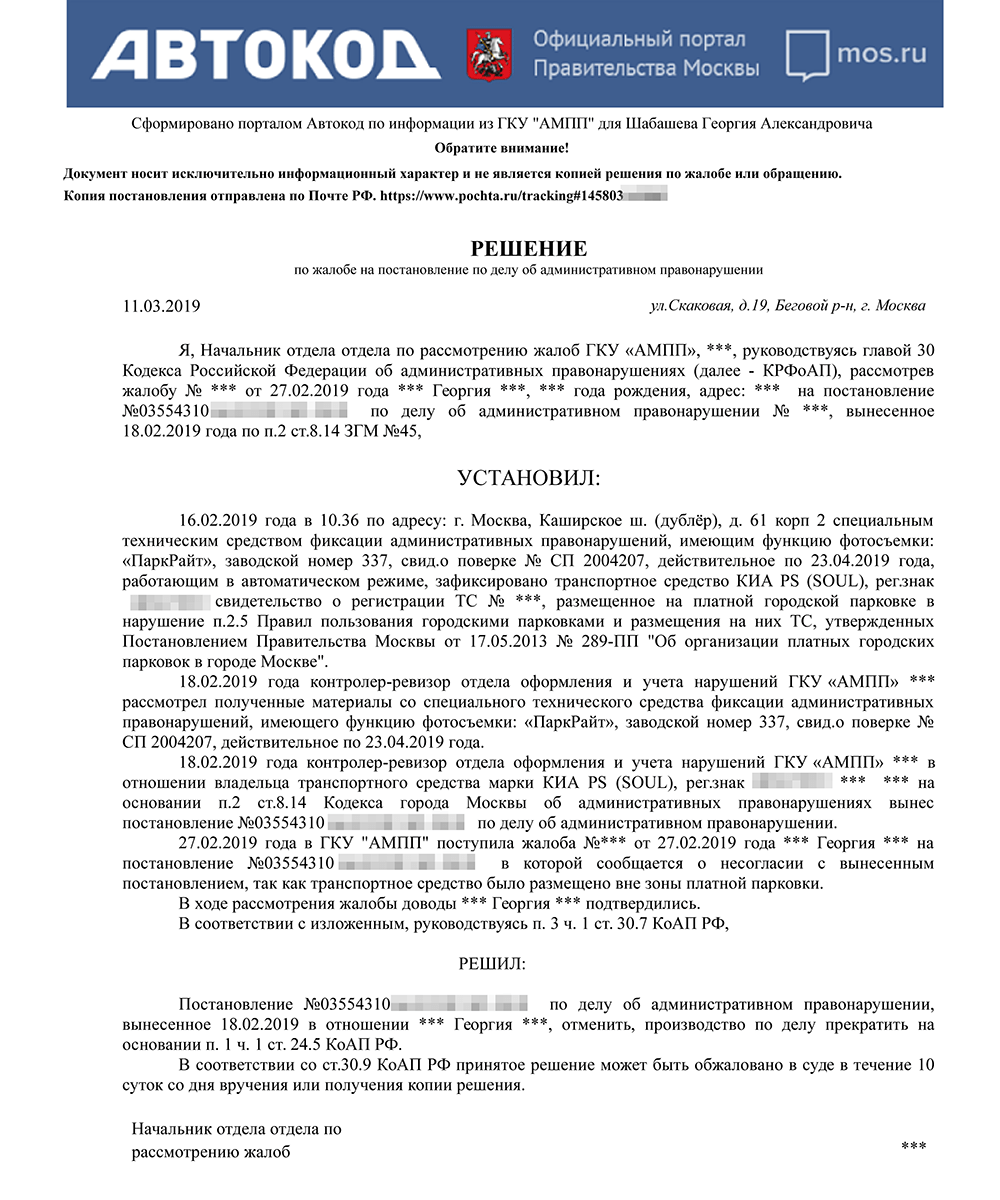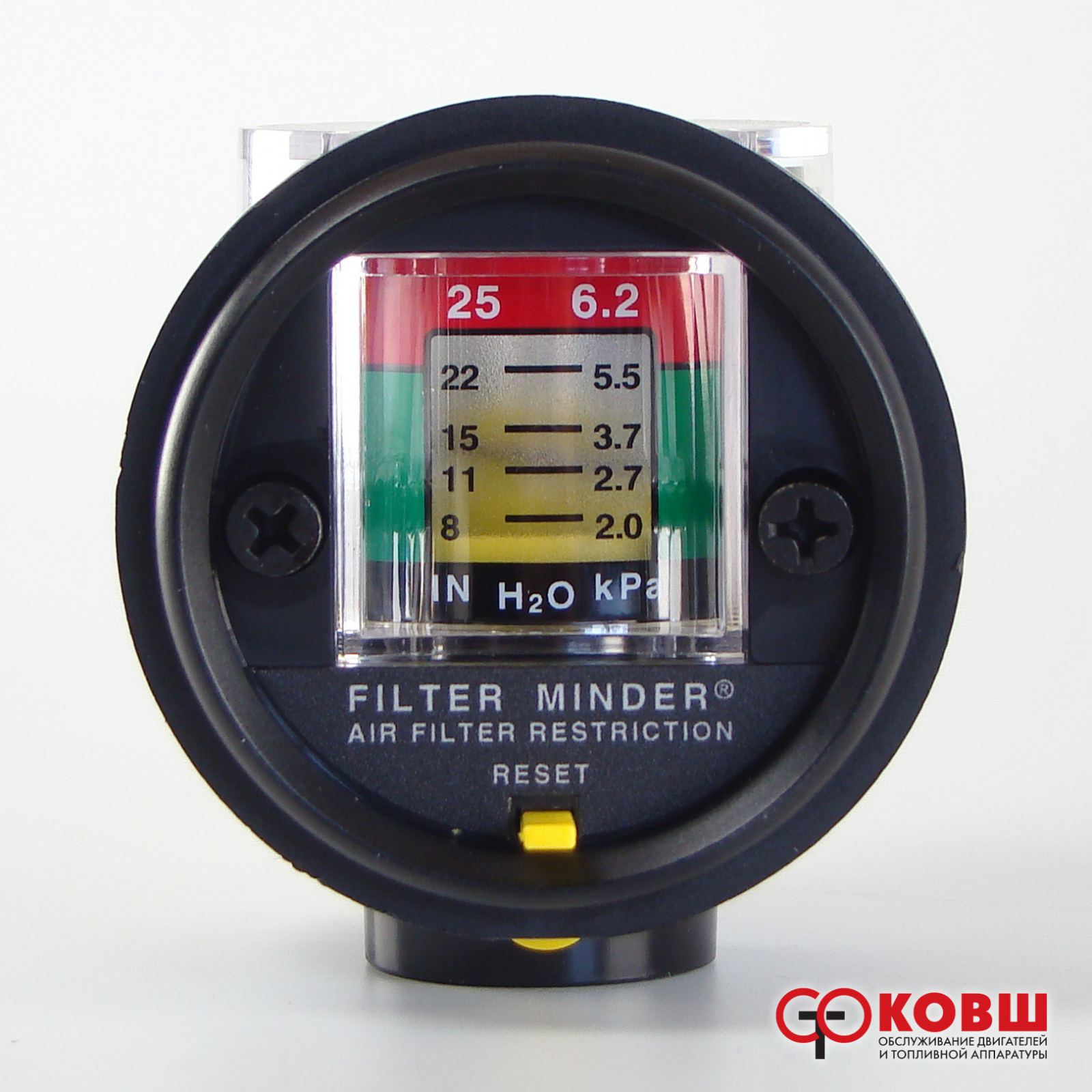
How to install mudguards
Content
Mudguards or splash guards can be used to minimize the amount of splashes or water a car, truck or SUV produces while driving in wet, muddy or rainy conditions. Slightly different from a mudguard, a mudguard is a longer, wider device, usually made from rubber or composite materials, that can be used on any type of vehicle.
Part 1 of 2: Installing mudguards on a car without drilling
Installing mudguards can usually be done in one of two ways, either "no drilling" or using a drill for some of the required bolt holes.
While it is recommended that you follow the instructions for your specific make and model of mudguard, the general steps for installing a mudguard without drilling are as follows:
Step 1: Clean the wheel area. Clean the area where the splash guards will be installed.
Step 2: Create space between tire and wheel well. Turn the front wheels fully to the left to ensure maximum clearance between the tire and the wheel arch.
Step 3: Check the placement. Check if the flaps fit your vehicle by lifting them up and comparing them to the shape and fit in the available space, and check for "RH" or "LH" marks for correct placement.
Step 4: Find holes. Your vehicle must have factory drilled holes in the wheel well for these mudguards to work. Locate these holes and remove the screws currently in place.
Step 5: Replace the shutters. Reinstall the mudguards and insert the screws into the holes in the wheel well to install the mudguards without fully tightening them.
Step 6: Tighten the screws. Adjust the position and angle of the mudguards and fully tighten the screws.
Step 7: Install additional components. Install any additional screws, nuts, or bolts that may have come with the mudguards.
- Attention: If a hex nut is included, be sure to install it between the mudguard and the rim.
Part 2 of 2: Installing mudguards that need to be drilled
To install mudguards that require drilling holes in the vehicle, follow these general steps:
Step 1: Clean the wheel area. Clean the area where the splash guards will be installed.
Step 2: Create space between tire and wheel housing. Turn the front wheels fully to the left to ensure maximum clearance between the tire and the wheel arch.
Step 3: Check the placement. Check if the flaps fit your vehicle by lifting them up and comparing them to the shape and fit in the available space, and check for "RH" or "LH" marks for correct placement.
Step 4: Mark the holes to drill. If your vehicle's wheel arch does not have the required factory holes for the mudguards to work, use the mudflaps as a template and clearly mark where the holes need to be drilled.
Step 5: Drill Holes. Drill holes based on the template you created.
Step 6: Install dampers. Reinstall the mudguards and insert screws, nuts and bolts into the holes in the wheel well to install the mudguards without fully tightening them.
Step 7: Tighten the screws. Adjust the position and angle of the mudguards and fully tighten the screws.
- Attention: If a hex nut is included, be sure to install it between the mudguard and the rim.
Again, it is highly recommended to find installation instructions specific to the mudguards you are installing on your vehicle; however, if this is not possible, the above information may help.
If you have any questions about mounting or installing mudguards on your vehicle, ask your mechanic for help on how to do this.

